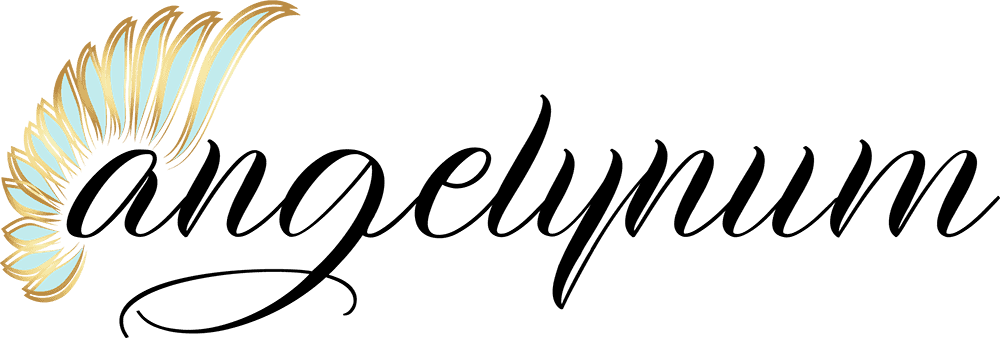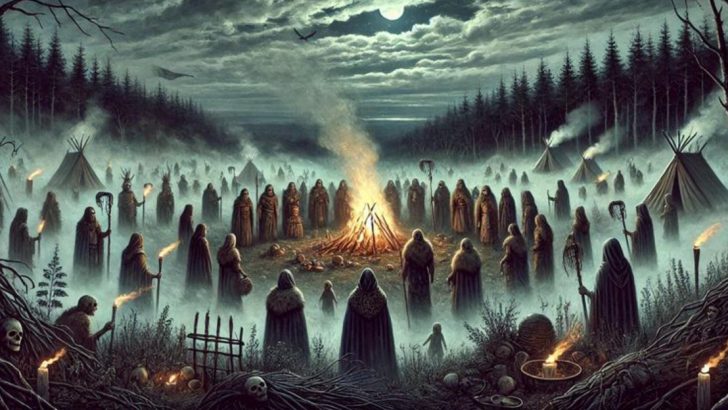Many holidays we celebrate today weren’t always the way we know them. Long before modern traditions took shape, ancient peoples marked special days with rituals honoring nature, seasons, and gods.
These pagan celebrations formed the building blocks for many beloved holidays on our current calendars. The connections between past and present show how human traditions evolve while keeping their roots.
1. Christmas Trees and Yule Logs
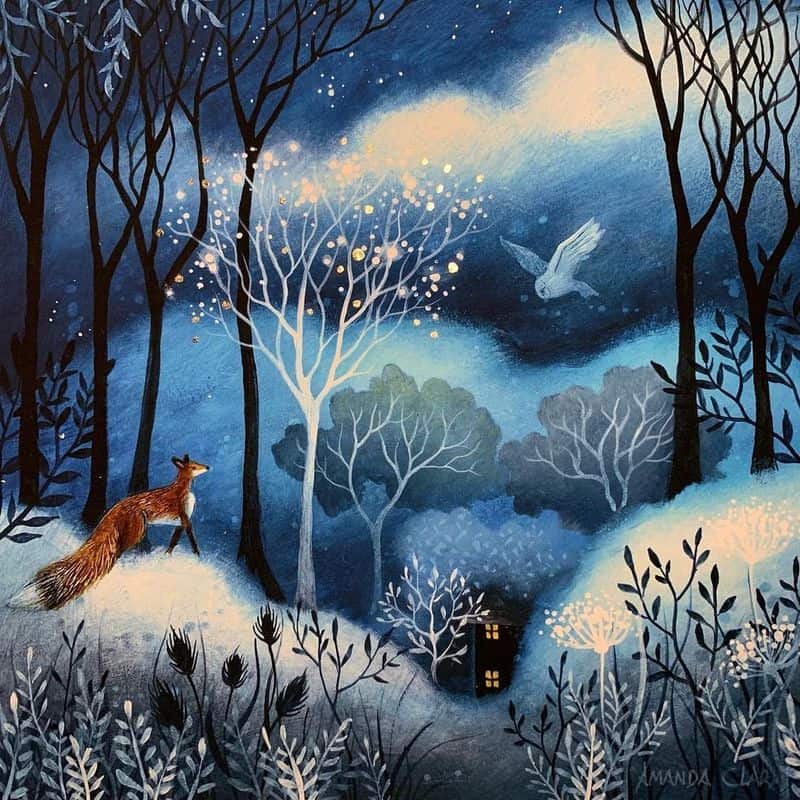
Evergreen trees standing tall against winter’s barren landscape fascinated ancient Germanic tribes. During Yule, the winter solstice celebration, they brought these resilient symbols indoors and decorated them with candles to honor the unconquered sun god.
Families burned massive Yule logs for twelve days, keeping them lit to ensure good fortune for the coming year. Mistletoe hung in doorways warded off evil spirits long before it inspired holiday kisses.
When Christianity spread through Europe, church leaders incorporated these beloved traditions rather than eliminating them. The decorated tree, gift-giving, and festive greenery all began as pagan solstice rituals celebrating the return of longer days and the promise of spring’s eventual return.
2. May Day’s Flowery Roots in Beltane
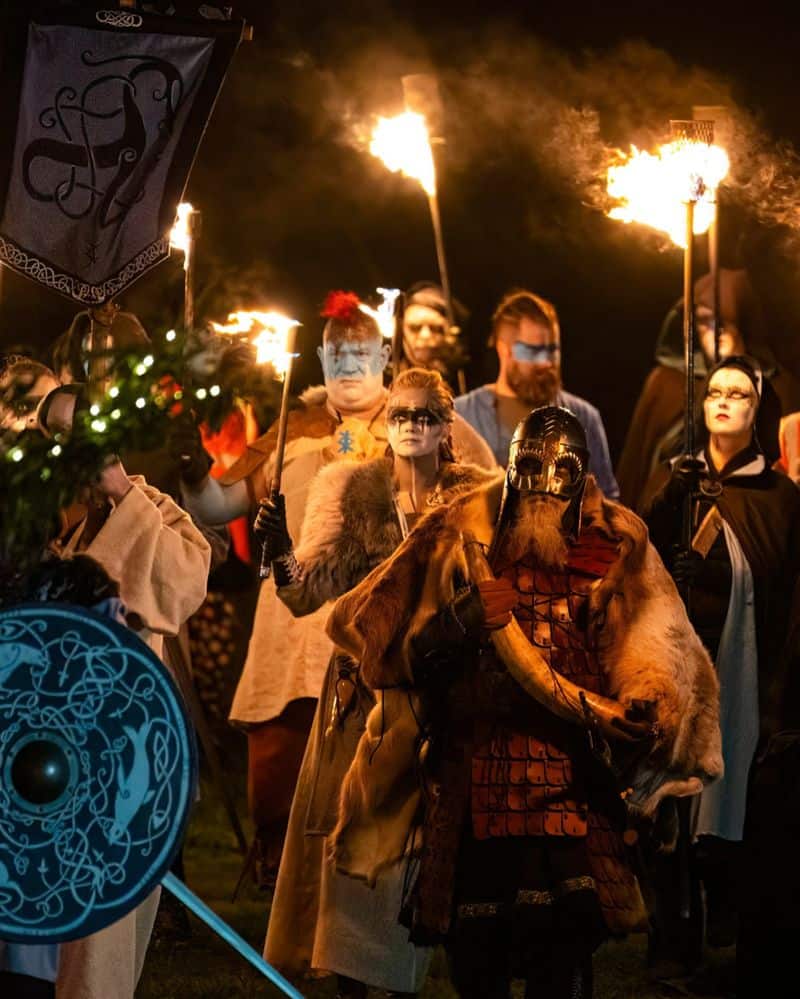
Fire danced across hilltops throughout Celtic lands each May 1st as communities celebrated Beltane, marking summer’s arrival. Young couples jumped over flames for luck and fertility, while others wove intricate flower crowns from the season’s first blooms.
The maypole, that cheerful ribbon-wrapped centerpiece of modern May Day celebrations, represented the sacred union between earth and sky. Villages selected their most beautiful maiden as May Queen, crowning her with flowers as she led processions through fields to ensure bountiful harvests.
Cattle were driven between twin fires for protection before being released to summer pastures. Though modern May Day festivities focus more on flowers and spring than fertility rites, these ancient celebrations of life’s renewal continue through our maypoles, flower baskets, and outdoor revelry.
3. Halloween’s Ghostly Ancestor: Samhain
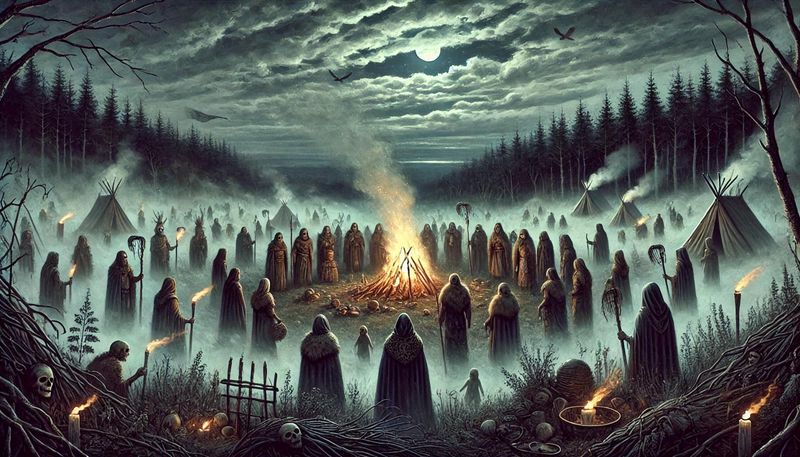
Ancient Celts gathered around massive bonfires on October 31st, marking Samhain (pronounced “sow-in”), a festival where the veil between living and dead thinned. Wearing animal skins and masks, they tricked wandering spirits while fortune-tellers predicted the future.
Families left food outside their doors and set extra places at dinner tables for deceased relatives believed to visit that night. As Christianity spread, these traditions merged with All Saints’ Day celebrations.
The jack-o’-lantern originated from an Irish legend about a man named Jack who tricked the devil and was forced to wander with only a hollowed turnip and coal to light his way. Today’s Halloween costumes, trick-or-treating, and carved pumpkins all trace back to this ancient Celtic festival.
4. Easter’s Eggs and Bunnies from Ostara
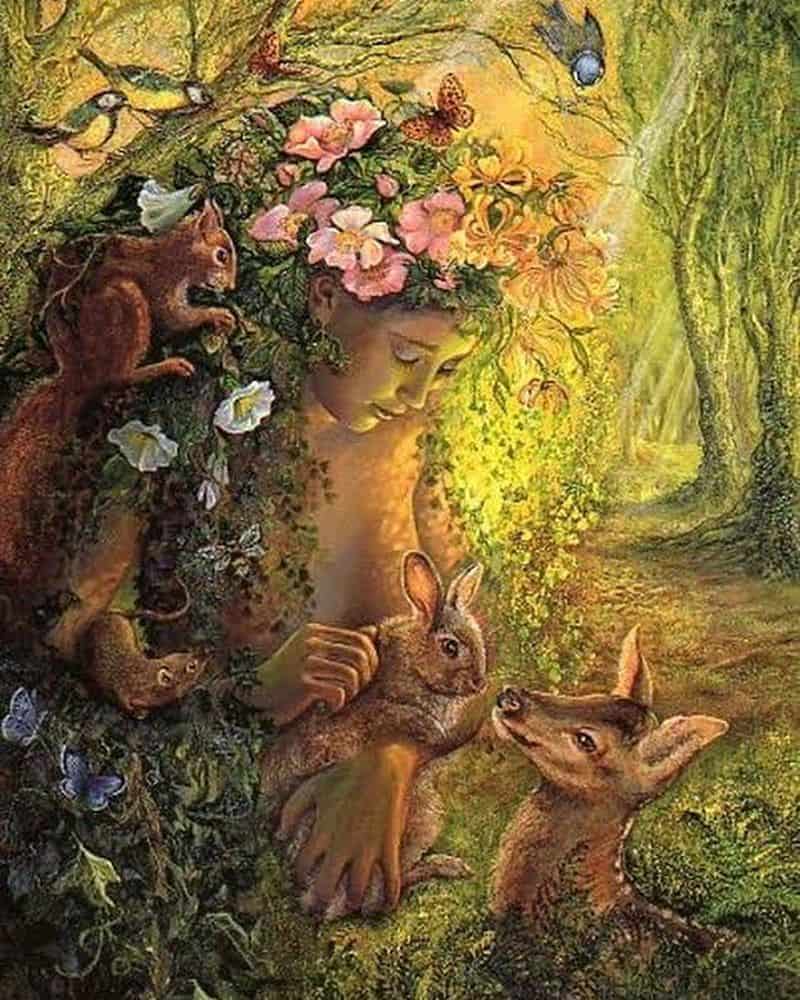
Before chocolate bunnies filled Easter baskets, Germanic tribes celebrated the goddess Eostre (or Ostara) at spring equinox. This fertility goddess, often depicted with a rabbit companion, gave Easter both its name and its curious connection to bunnies.
Eggs, ancient symbols of new life, were painted bright colors to represent spring’s vibrant return. Villagers buried them in fields before planting to encourage fertile crops and exchanged them as gifts to share prosperity.
When Christian missionaries arrived in northern Europe, they noticed these spring celebrations coincided with resurrection observances. Rather than eliminate beloved traditions, they incorporated the eggs and spring symbols into Easter celebrations. The timing of Easter still follows the cycles of the moon, another remnant of its pagan calendar origins.
5. Groundhog Day’s Connection to Imbolc
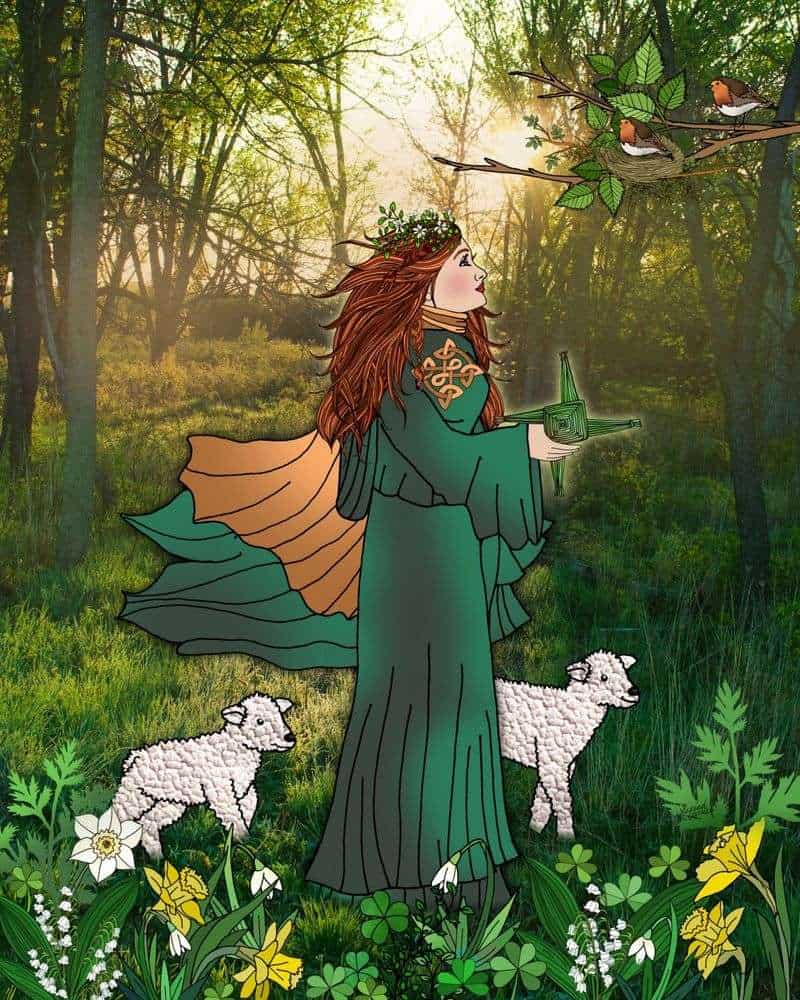
Long before Punxsutawney Phil predicted weather patterns, Celtic farmers observed Imbolc on February 1st. This halfway point between winter solstice and spring equinox marked winter’s deepening and first hints of coming warmth.
Dedicated to Brigid, goddess of poetry, healing and smithcraft, Imbolc featured weather divination using animals. Farmers watched for serpents or badgers emerging from burrows – if the day was sunny enough for the creature to see its shadow, winter would continue.
Women crafted Brigid crosses from rushes and left bread and butter offerings for the goddess. Households extinguished hearth fires before relighting them to symbolize renewal. Today’s Groundhog Day maintains this ancient tradition of using animal behavior to predict seasonal transitions, though we’ve forgotten its sacred origins.
